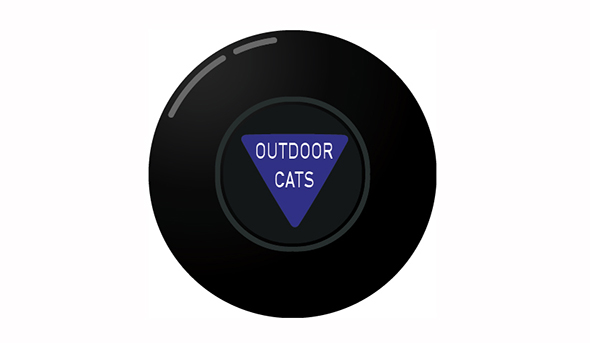Full disclosure: I’ve listened to Hawaii Public Radio’s The Conversation exactly once, so I’m not going to make any broad generalizations here. Still, as an unapologetic Public Radio junkie, I found Tuesday’s show to be a bit of a train wreck.
According to the show’s website, the topic to be discussed was toxoplasmosis, the risks posed by outdoor cats, and “how to manage the situation.” In fact, relatively little attention was paid to the risks—either to humans or wildlife—and discussion of legitimate management options was avoided almost entirely. Instead, listeners (the broadcast is available here) were in for a campaign of misinformation and scaremongering fueled by useless factoids—including, for example, a reference to the estimated “14 tons of cat poop” deposited annually in Hawaii’s state parks. Read more

